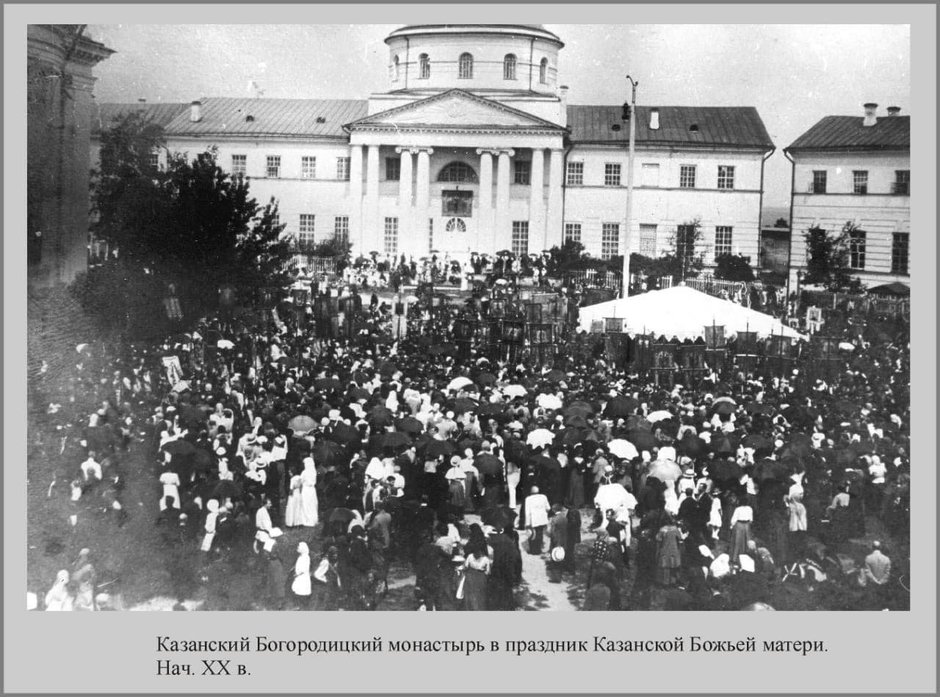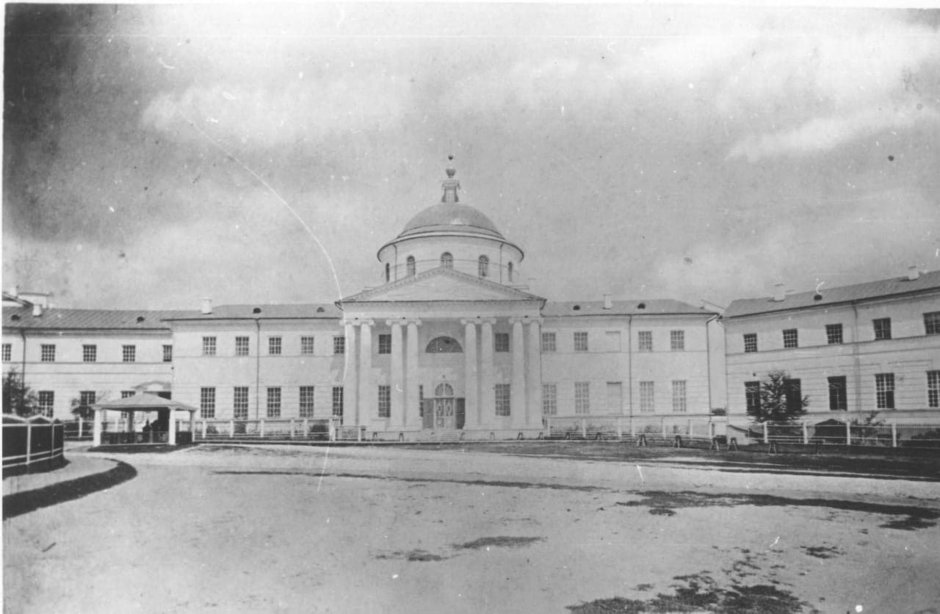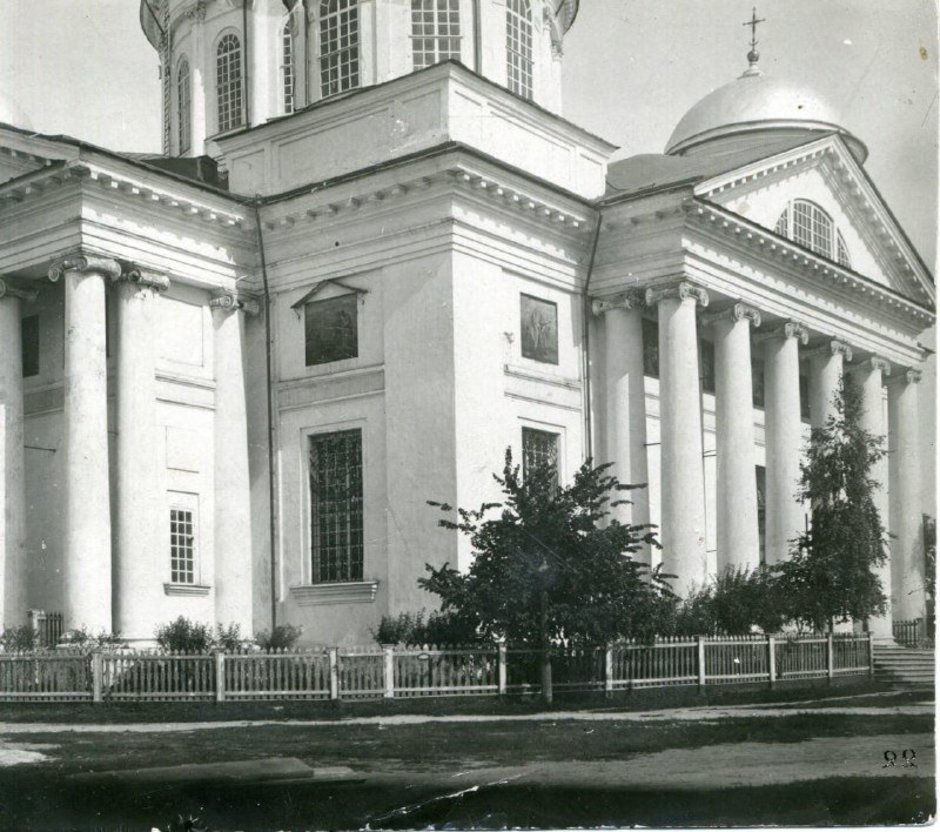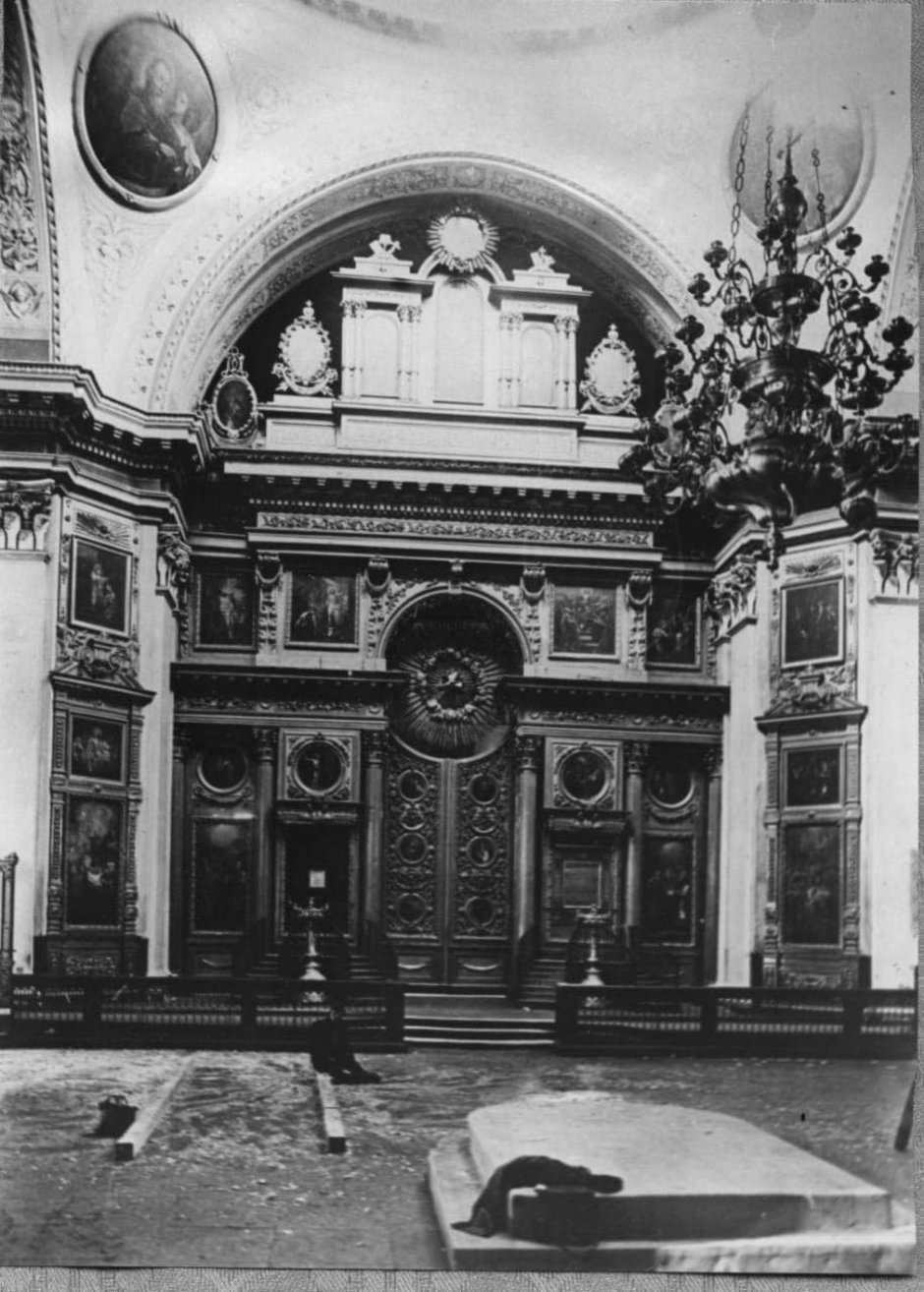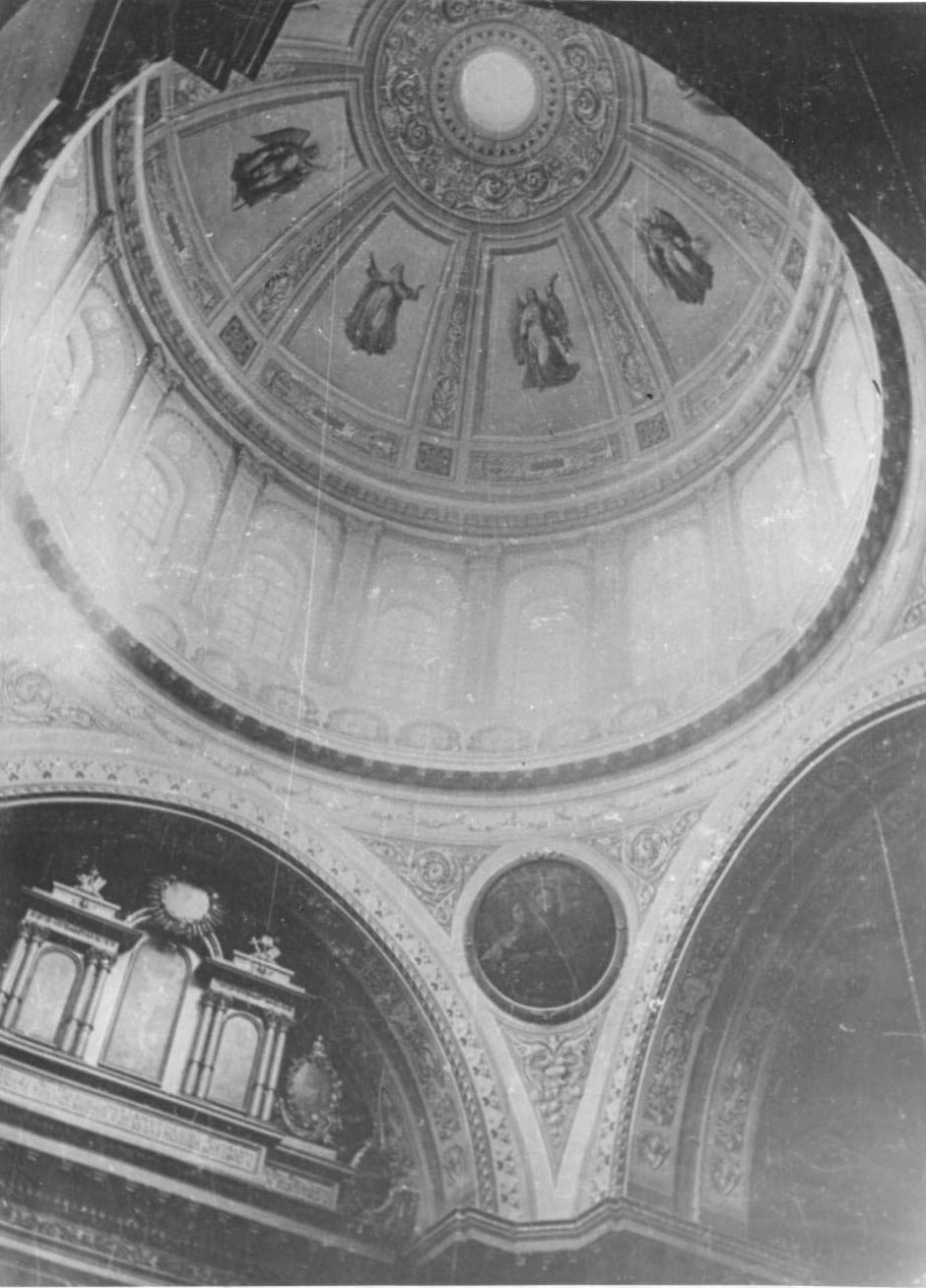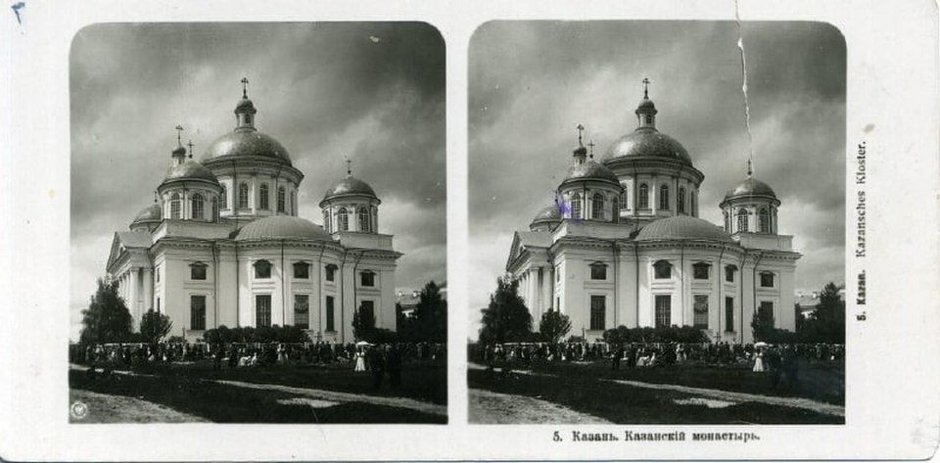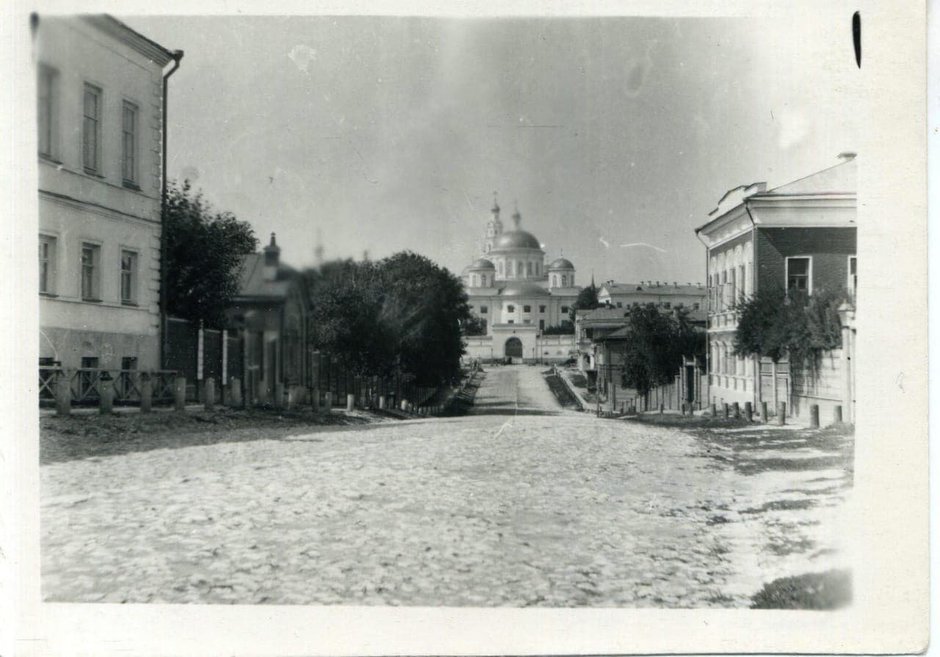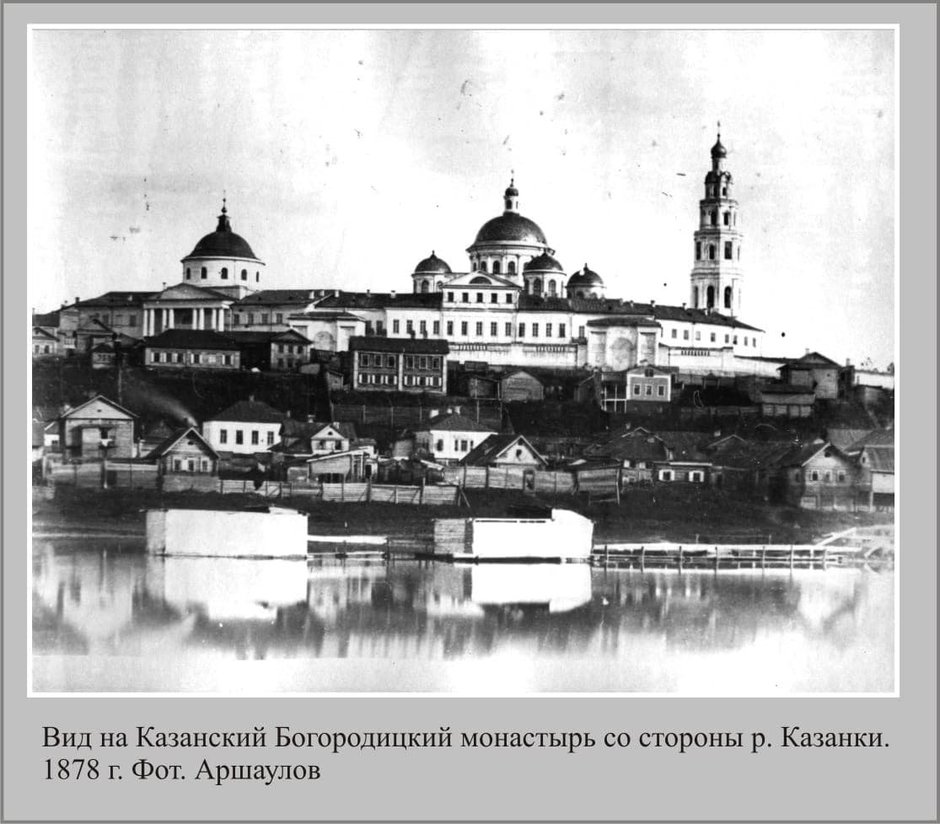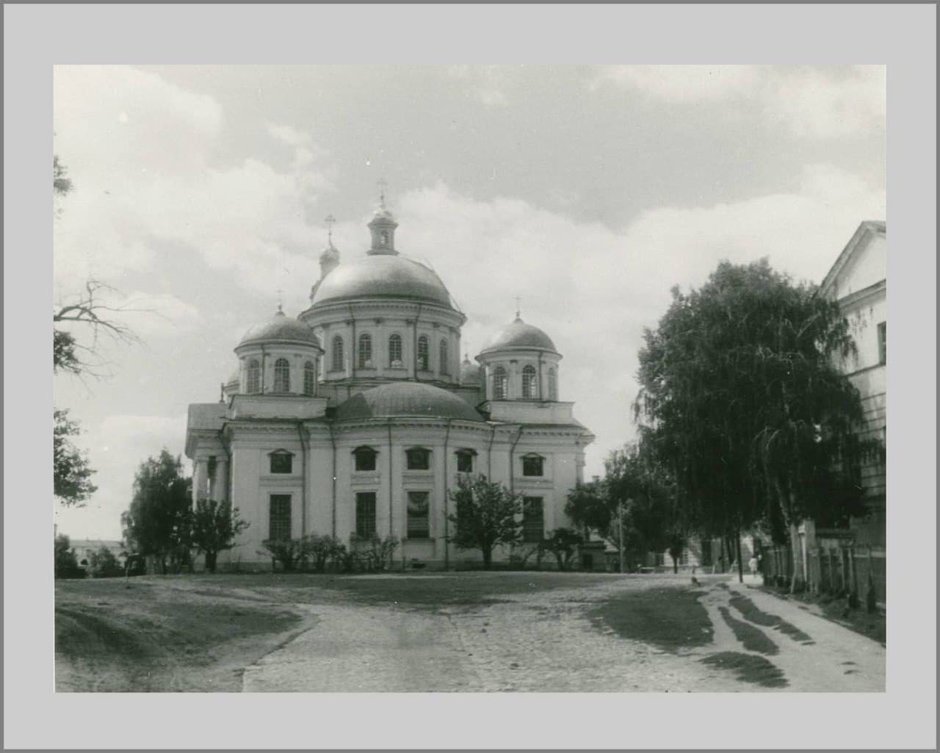‘The facade and all elements of the church have been recreated identically’
How a new Our Lady of Kazan Cathedral is prepared for consecration
Works on the recreation of the Our Lady of Kazan Cathedral have come to an end in Kazan. On the threshold of the solemn consecration of the church on 21 July, specialists of Tatinvestcivilproject, a design and survey company, looked over the facility once again and talked about the stages and details of the recreation of the grand construction. Nikita Kuptsov retold us a conversation with experts and exciting history of recreation of the cathedral exclusively for Realnoe Vremya.
Five years since the beginning of works on the recreation of the church
In 2015, the authorities of the republic decided to recreate the Our Lady of Kazan Cathedral, money was allocated from the Tatarstan Foundation for Revival of Historical and Cultural Monuments. The first archaeological survey was conducted on 26 April 2016, precisely this day is considered the start of the works on the recreation of the church.
On 21 July 2016, on the day of the discovery of the Our Lady of Kazan icon in Kazan, Patriarch of Moscow and Russia Kirill consecrated the foundation pit of the reconstructed Our Lady of Kazan Cathedral.
“The facade, configuration, all architectural elements of the cathedral have been recreated identically. The columns of the historical cathedral were made of brick, we have made them stronger, more reliable from cast-in-place concrete. Ionic capitals of portico columns were identical, we reconstructed them according to photos, both the dimension and size of all windows and decoration are the same,” Chief Engineer of the project Vyacheslav Nilov said.
Firstly, archaeologists found the foundation of the cathedral and walls of a cave church that hadn’t been completely destroyed in an explosion on 4 May 1932. Alexey Nikitin was the architect and restorer of the Cave Church, his draft project was at the core.
In the beginning, architects knew the dimensions of the historical cathedral, remnants of the foundation and walls of the Cave Church, three stairs of the western path to the cave church as well as a piece of the church’s basement survived the explosion, which allowed reconstructing the building with millimetre precision.
There were heated debates on the reconstruction of the Cave Church: cultural workers wanted to save historical ruins for excursions. However, it was decided to listen to Metropolitan Feofan and Greek expert Prepis’s opinion and make the Cave Church convenient for church service and church-goers. The reconstruction project of the Our Lady of Kazan Cathedral was designed by a big staff of Tatinvestcivilproject chaired by Director General Adel Khusnutdinov as well as a myriad of contractors, specialists such as archaeologists, historians, artists. Chief Engineer of the design institute Vladimir Portyankin, Chief Architect Maxim Bykov, Chief Project Engineer of the Architectural and Design Workshop No. 2 Grigory Rudenko, Chief Engineer of the design institute Ildar Khaliullin and leading engineer Andrey Sokolov made a special contribution to the reliability of the recreated cathedral.
Corridors of the Cave Church have conserved the authentic wall plaster, it is visually separated from the reconstructed part with a white outline.
It is calculated that the weight of the recreated cathedral is over 120,000 tonnes. Western consultants offered to put the building on columns. However, Kazan architects decided to reinforce the historical foundation of the church and place the reconstructed cathedral onto it.
“If we put the blueprint of the Cave Church on the blueprint of the upper hall of the church, it turns out that the place of the discovery of the Our Lady of Kazan icon is situated below the throne of the main altar. When historical floors of the Cave Church started to be removed, graves with human remains were founded below the ground, archaeologists haven’t yet identified exactly who these people were. Allegedly, they were buried long before the construction of the first church in the 16th century. Unfortunately, a lot of unique technologies of the past turned out to be lost forever, we had been looking for specialists to restore historical arches of the Cave Church across the country before we found Kostroma masters who get down to this work,” says head of a group of architects of Tatinvestcivilproject Tatiana Ksenofontova.”
During archaeological works, there were found over 220 graves that were reburied accordingly Orthodox Christian burial customs on the territory of the Virgin Mary Monastery. The burial site is marked with a cross.
“The main difference of the reconstructed cathedral from the historical one is that it is equipped with modern engineering systems for church-goers. As it is known, the church used to be ‘cold,’ this is why when elaborating the submittals, our task was to place modern engineering systems that didn’t exist earlier in the building: ventilation, heating, lighting. It was necessary to envisage and consider it all, first of all, services took place in the church all year round,” the project’s Chief Engineer Vyacheslav Nilov explained.
Engineers, designers and constructors had an ambitious task of recreating a historical church and simultaneously making it functionally modern.
Design works were done with BIM technologies that enabled all members of the project to see all complex moments and design specifics at every stage of works on the recreation.
The task given to Tatinvestcivilproject was performed amazingly and was highly praised in the professional environment. However, there are still a lot of works to recreate the complex of the Virgin Mary Monastery.
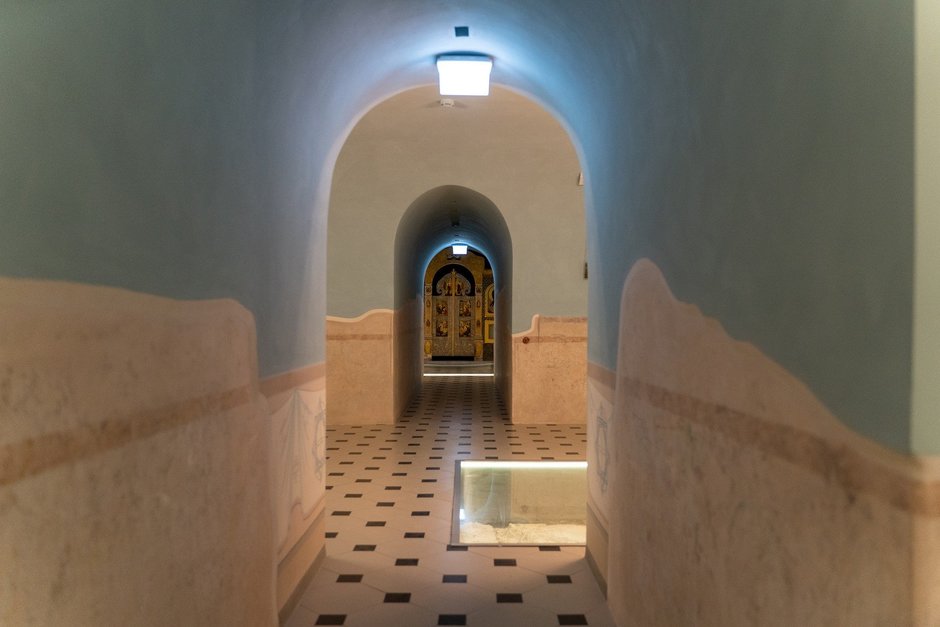
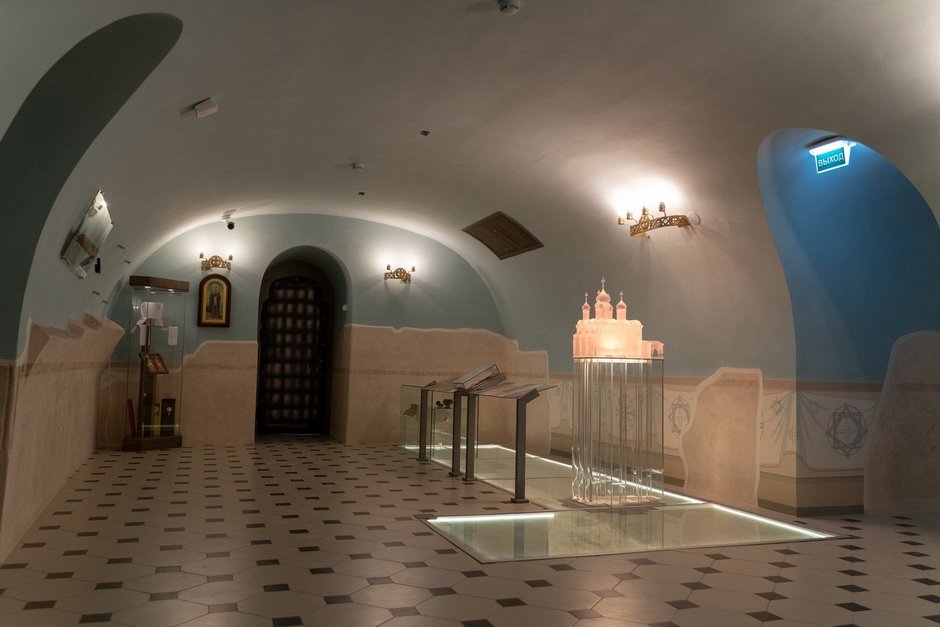
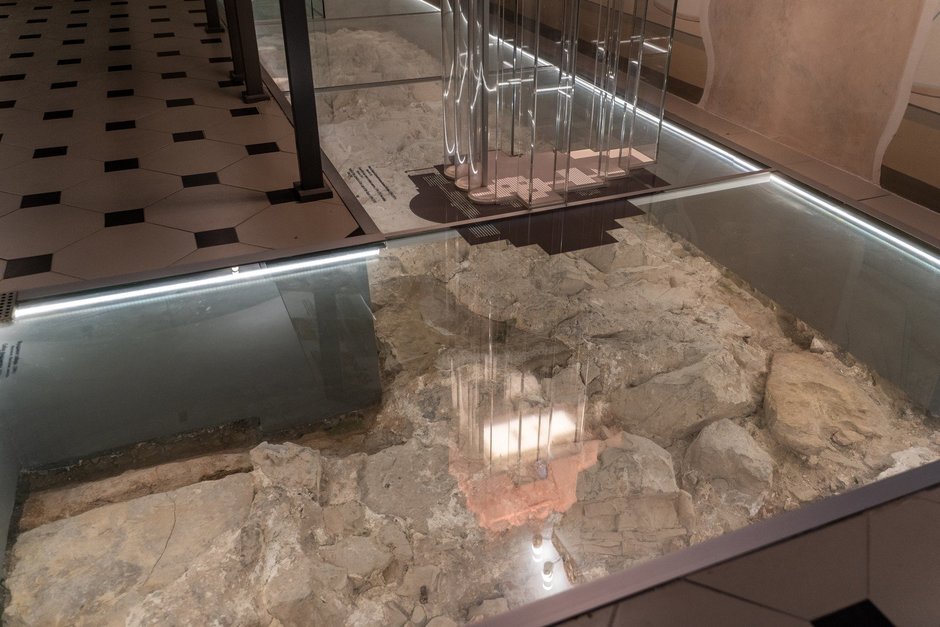

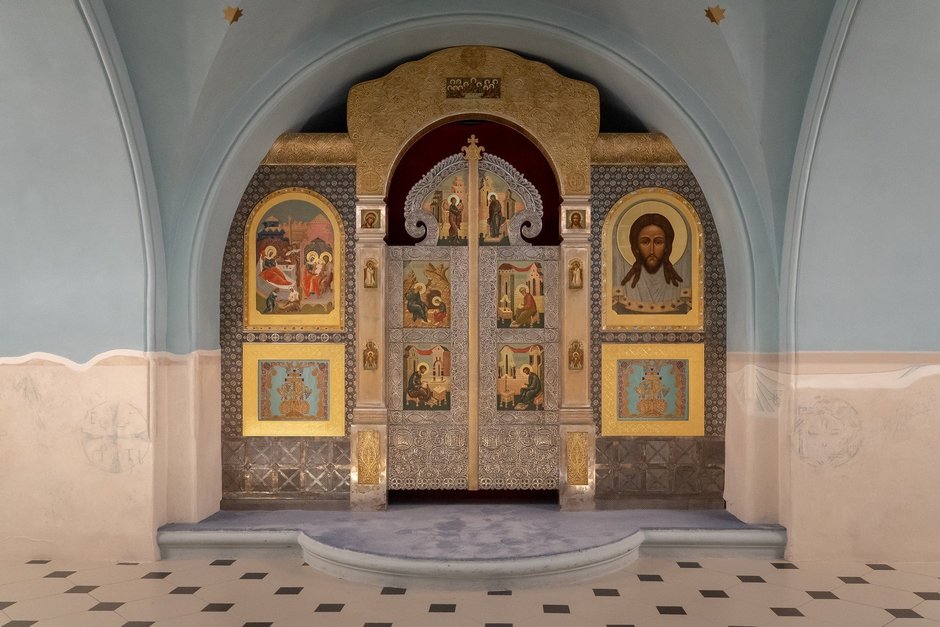
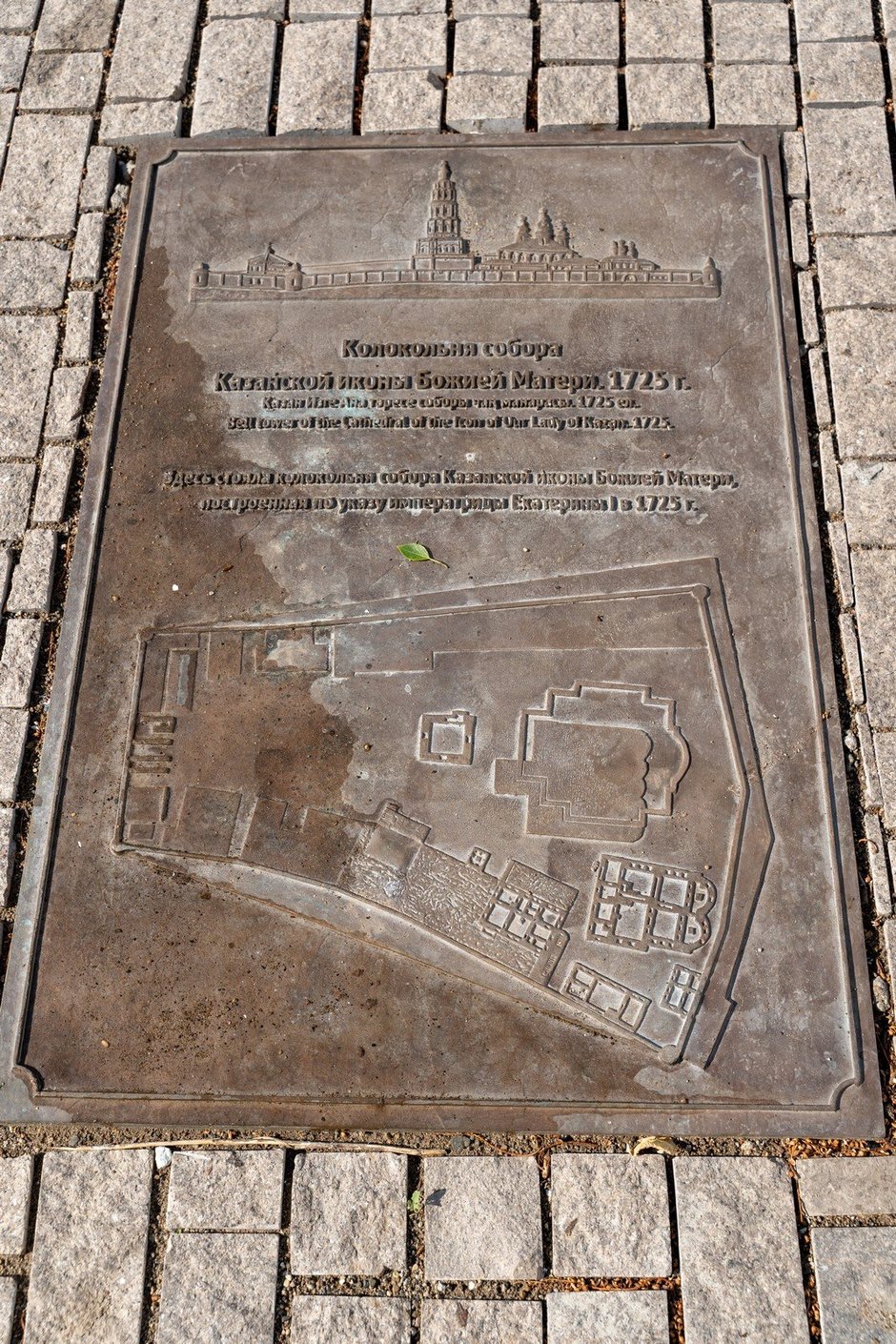

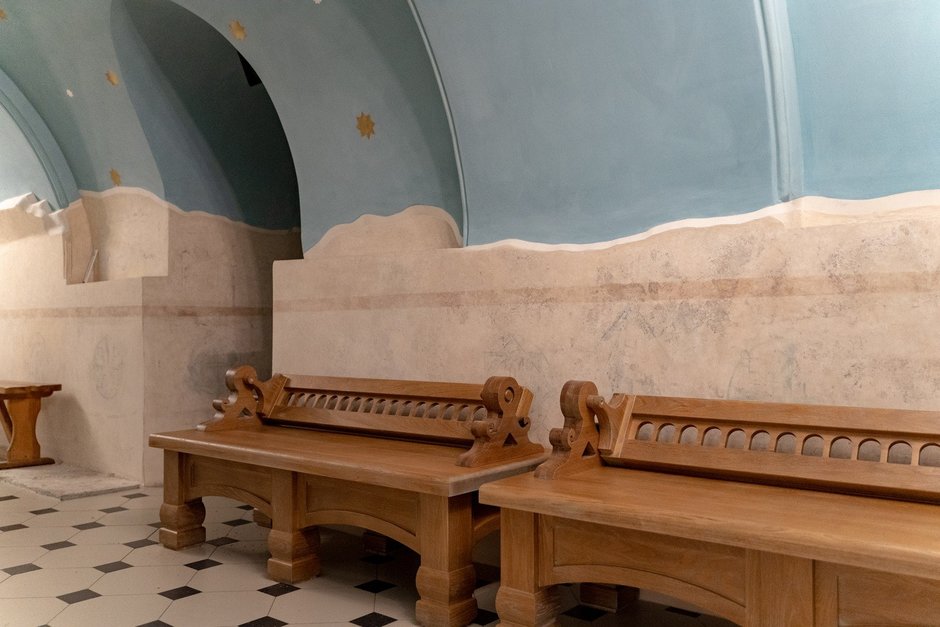
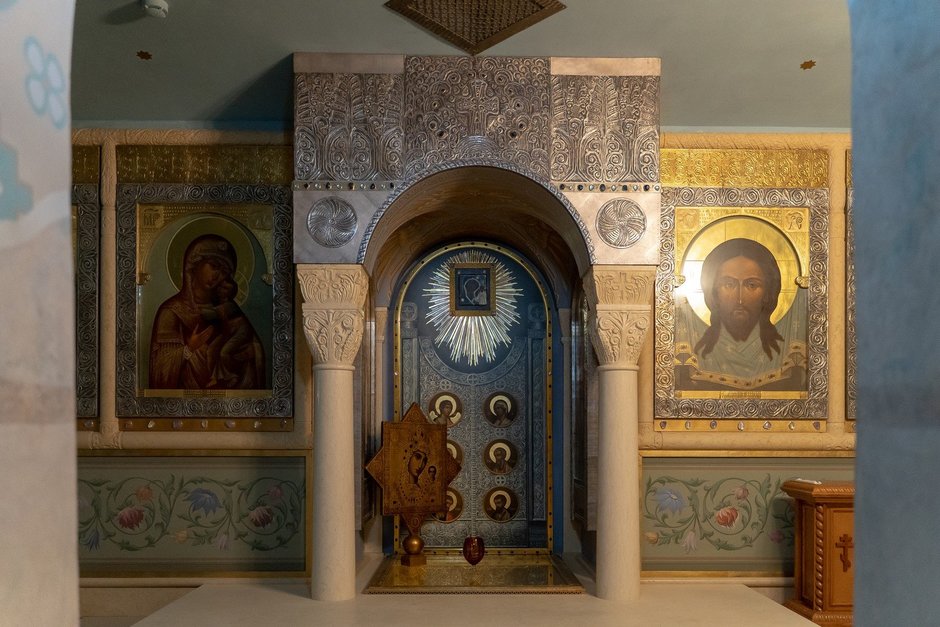
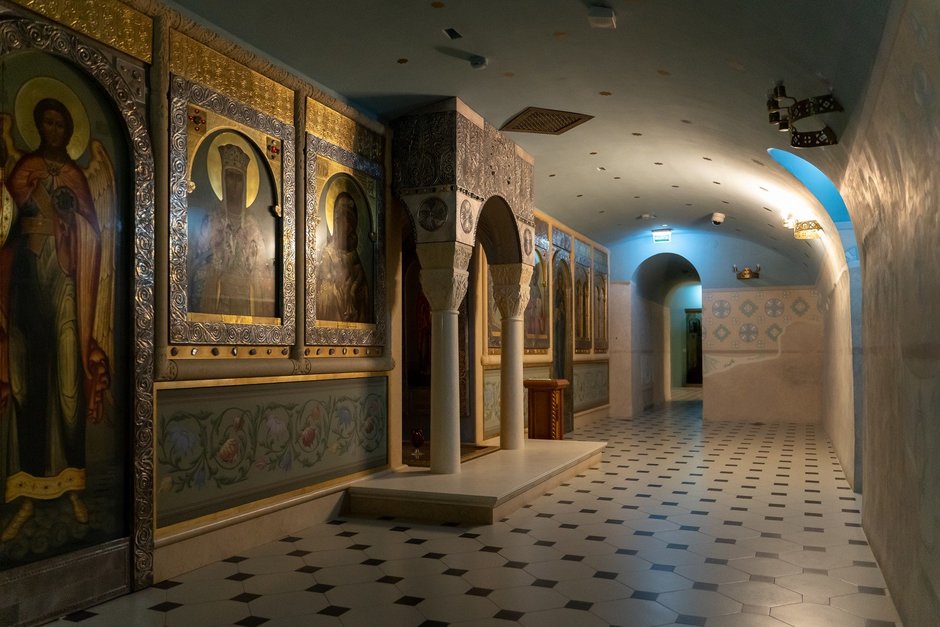
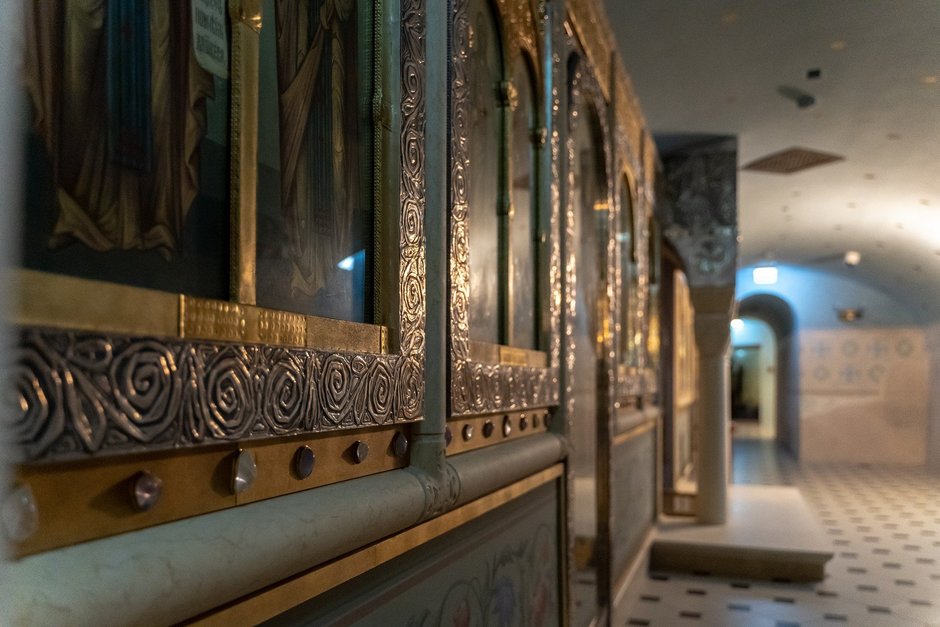
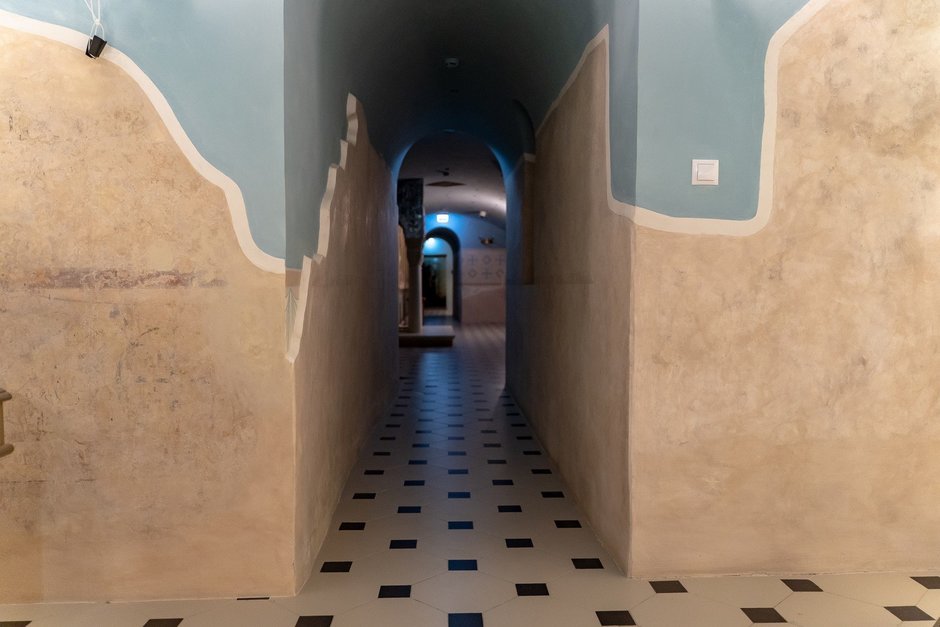
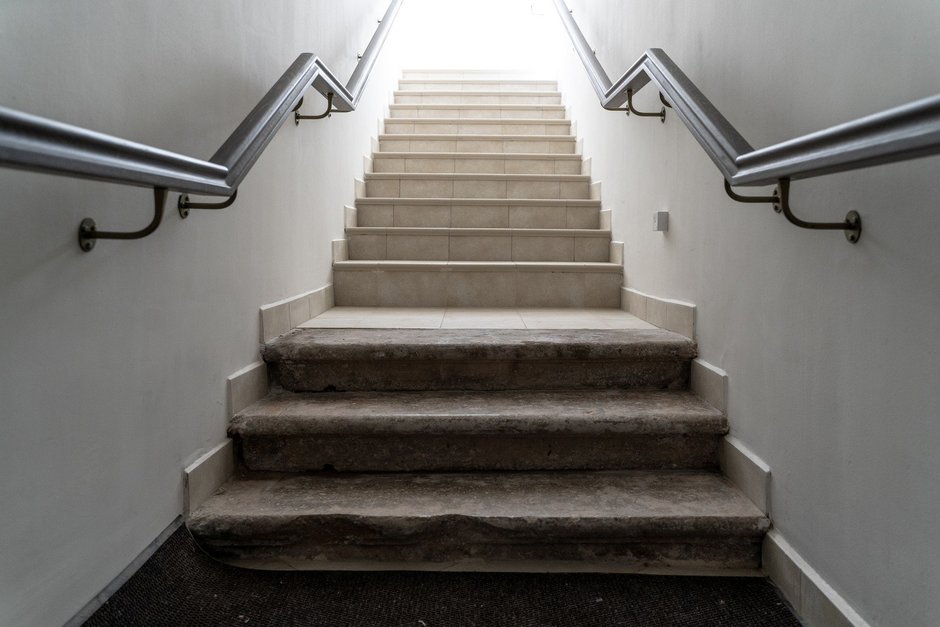
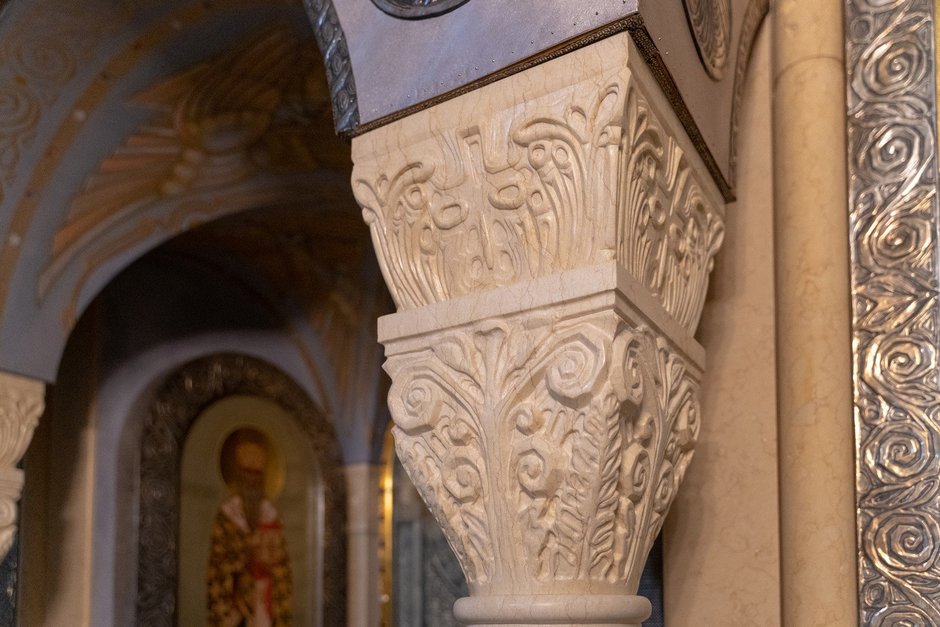
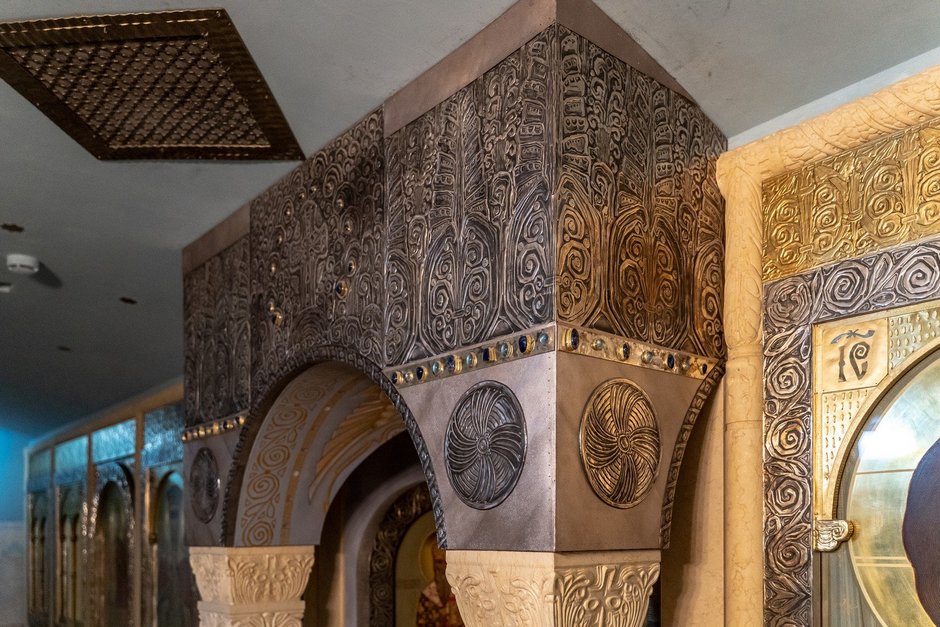
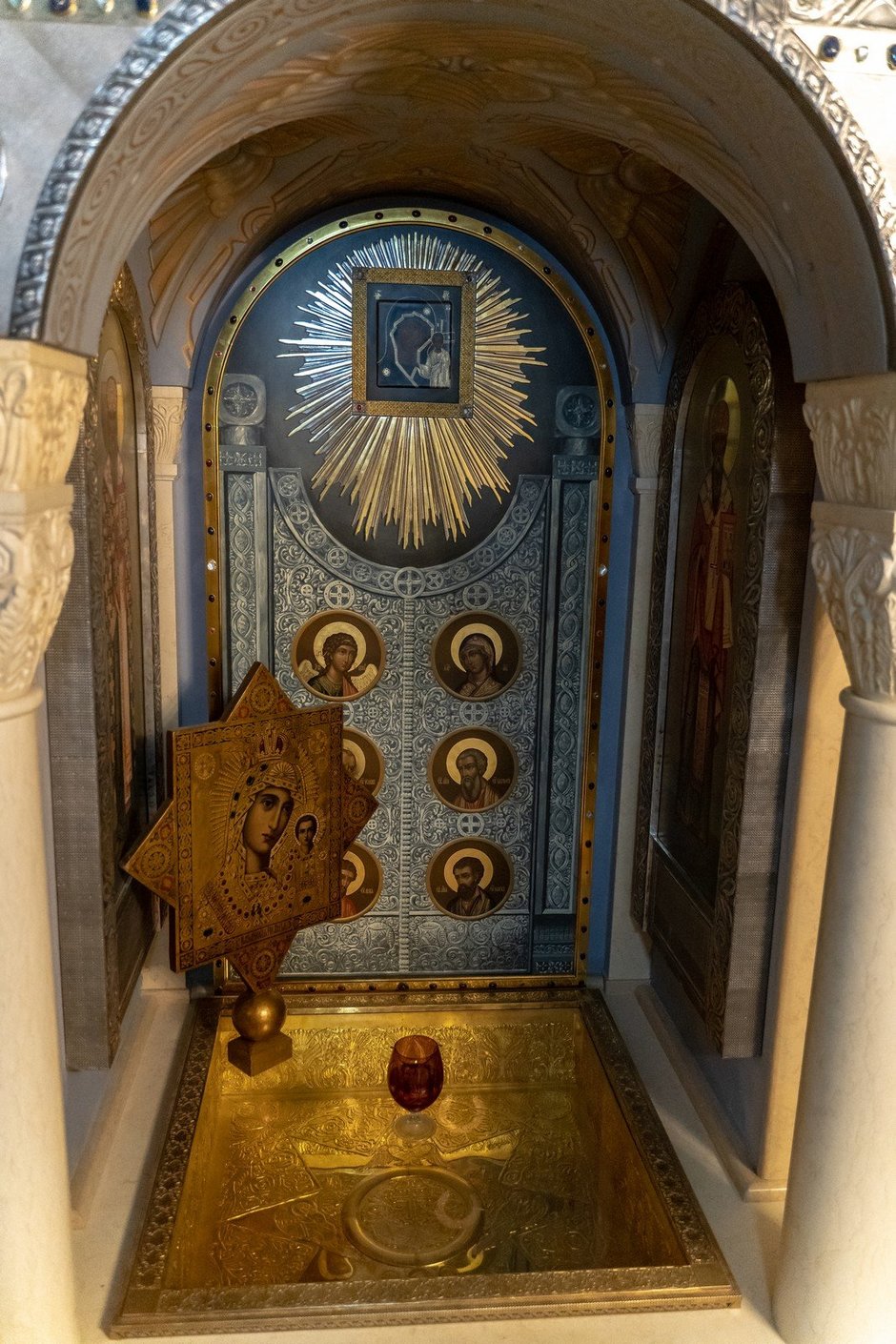
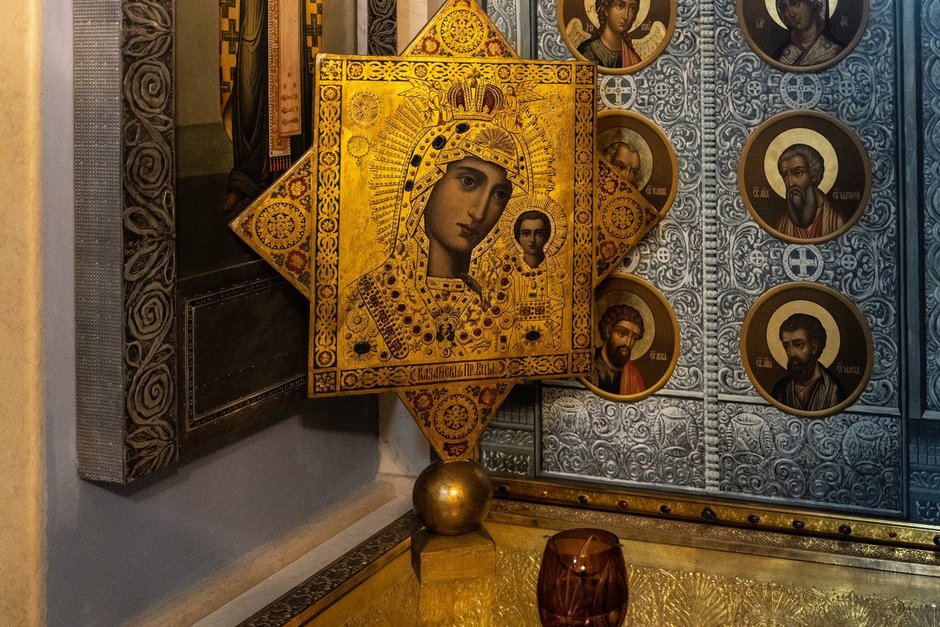
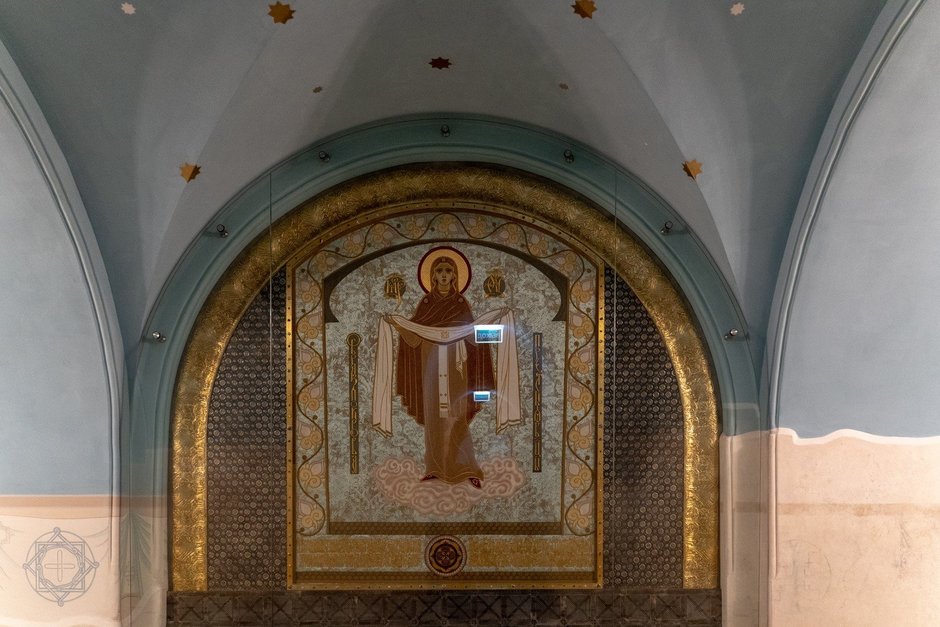
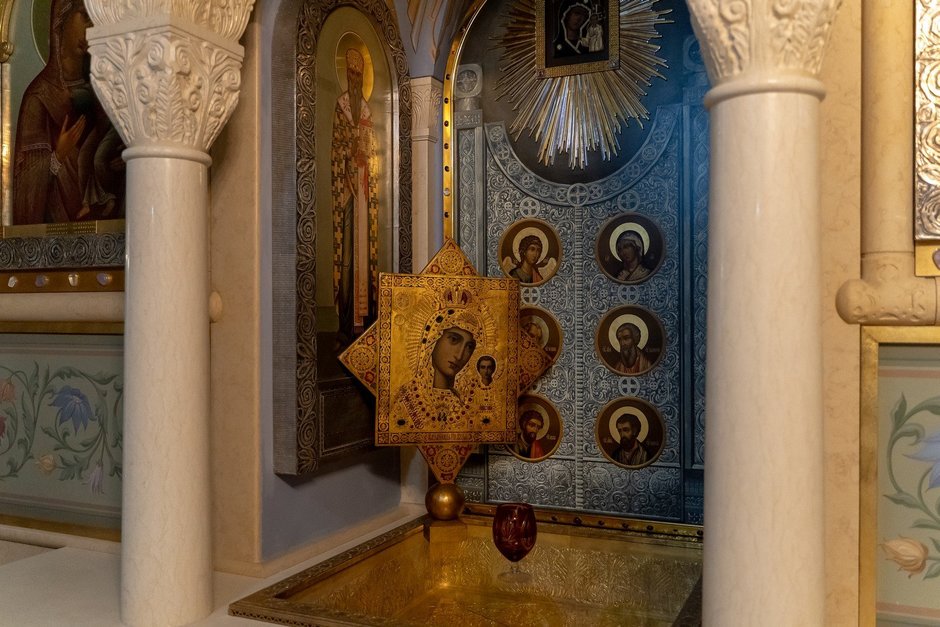
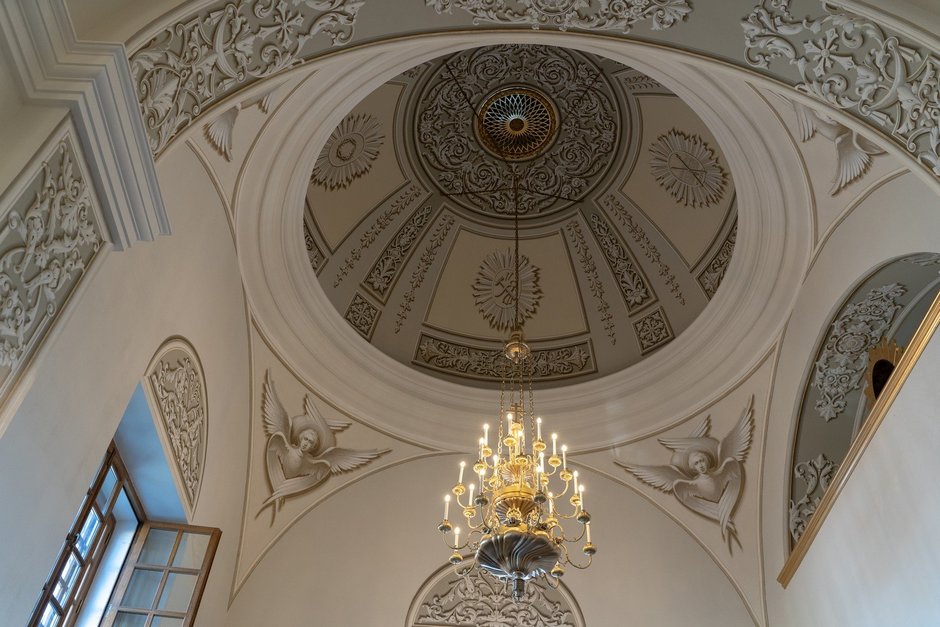
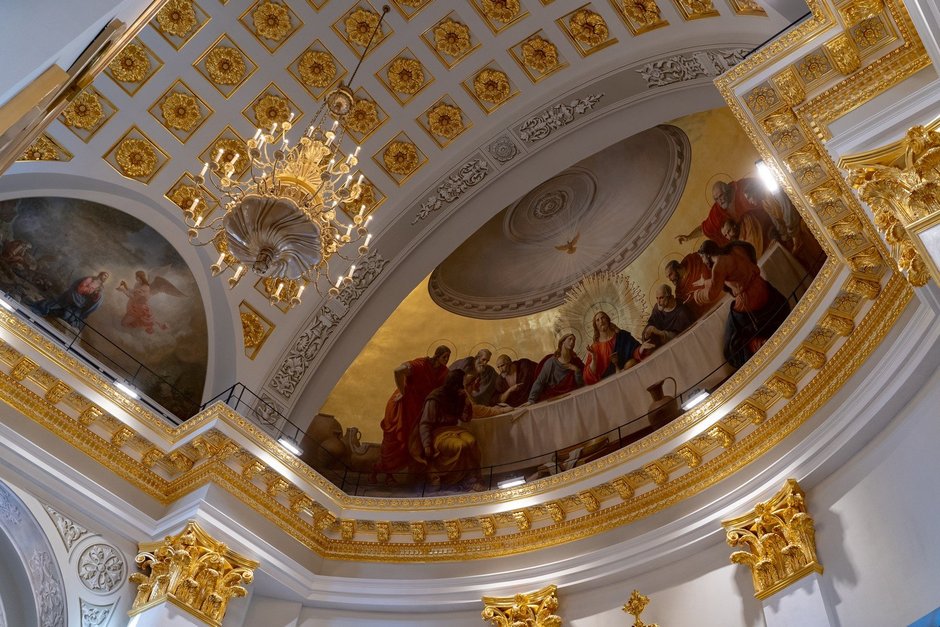
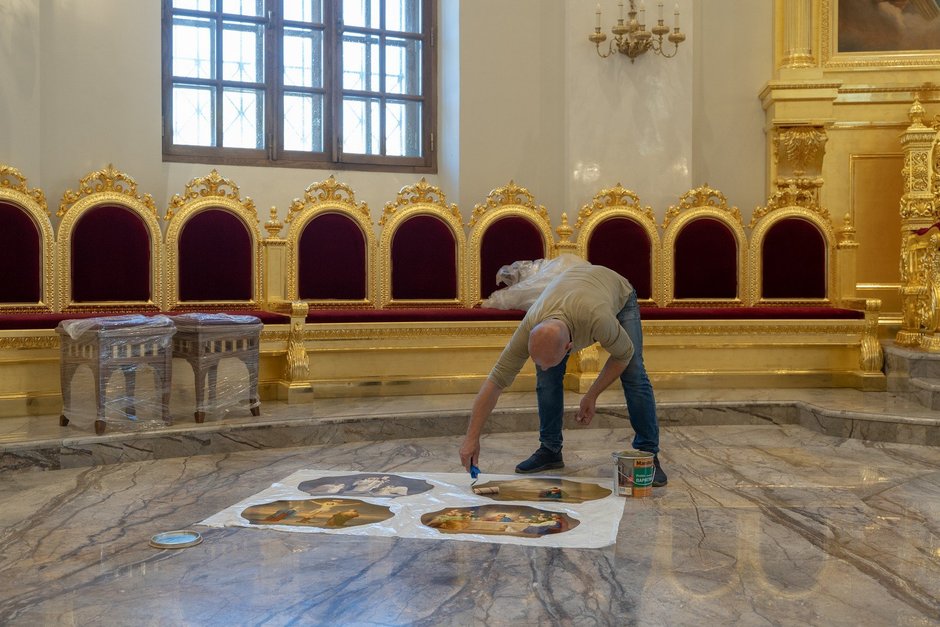

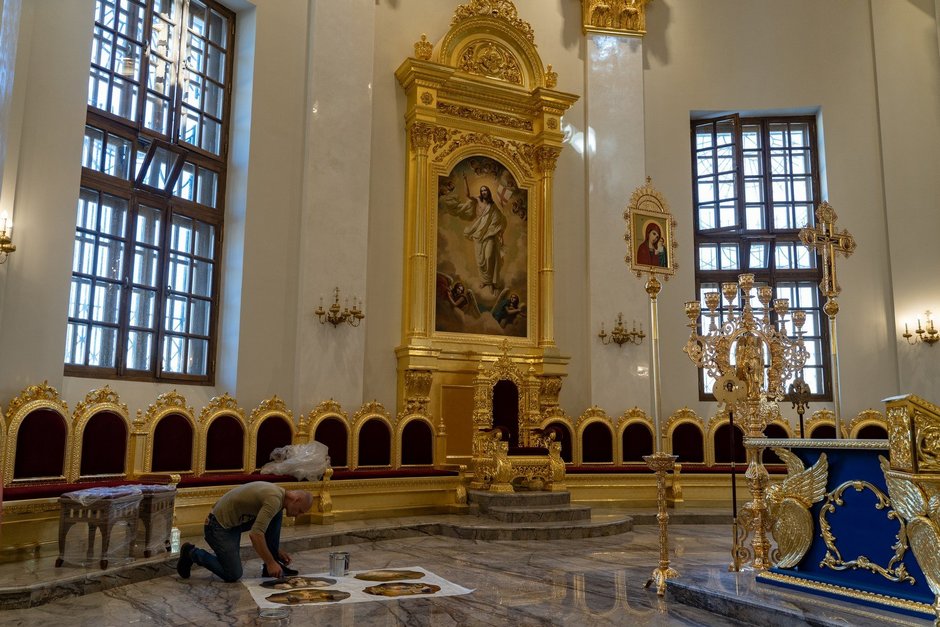
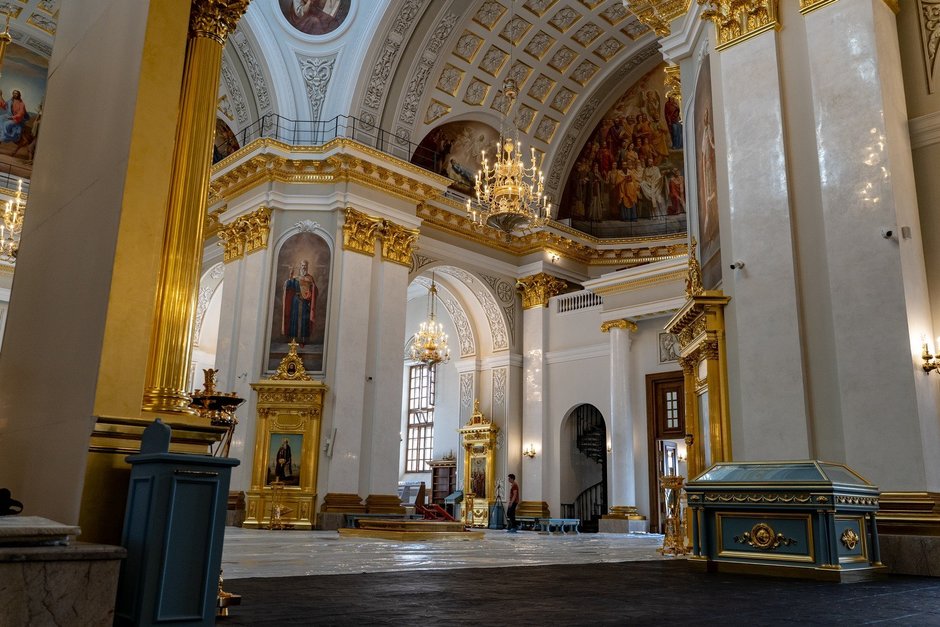
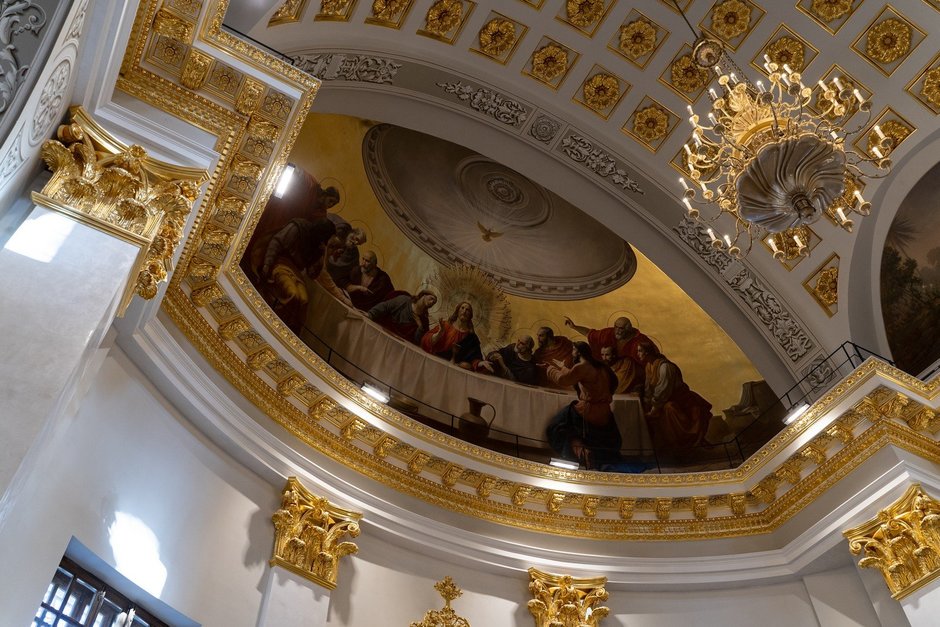
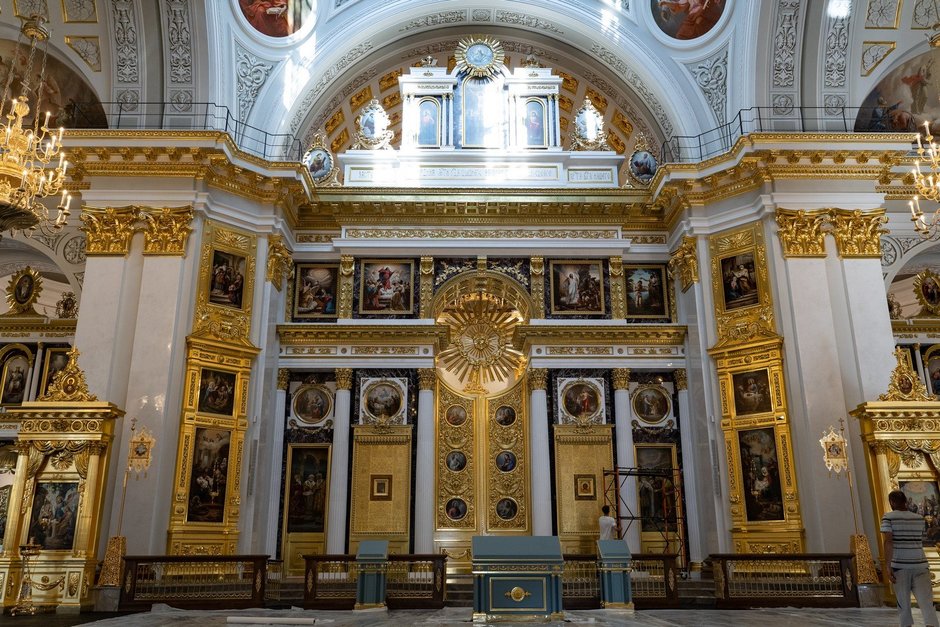
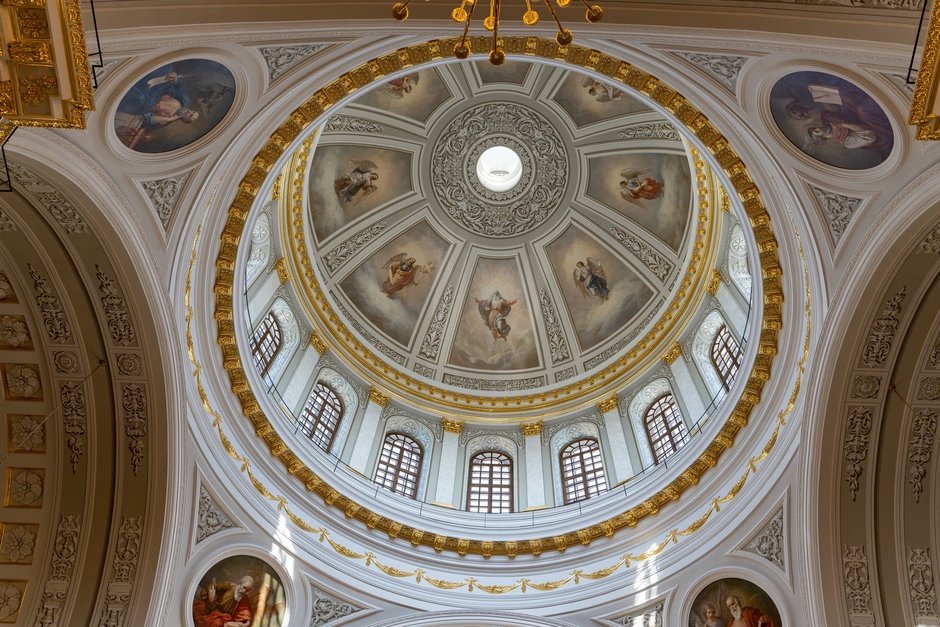
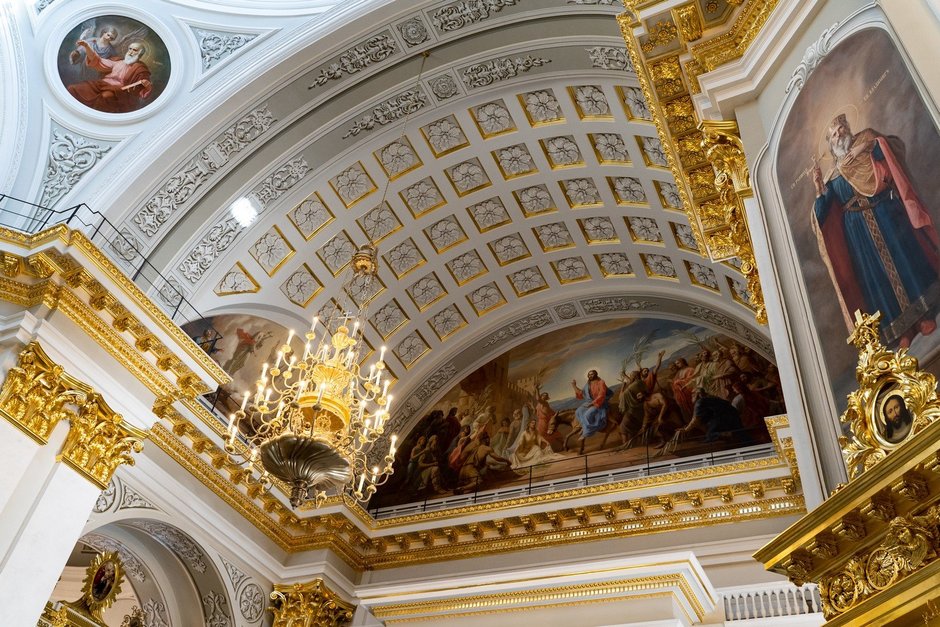

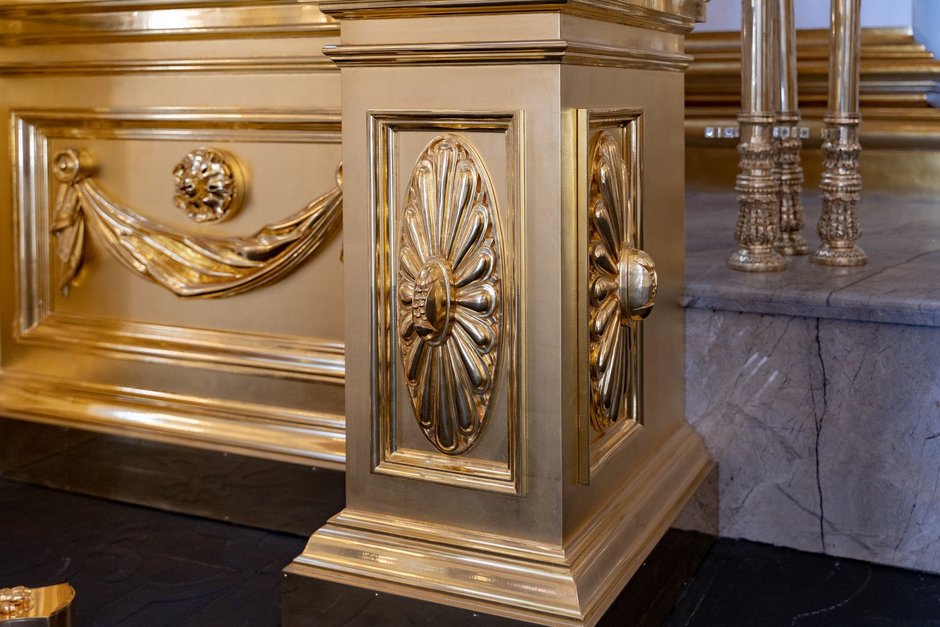
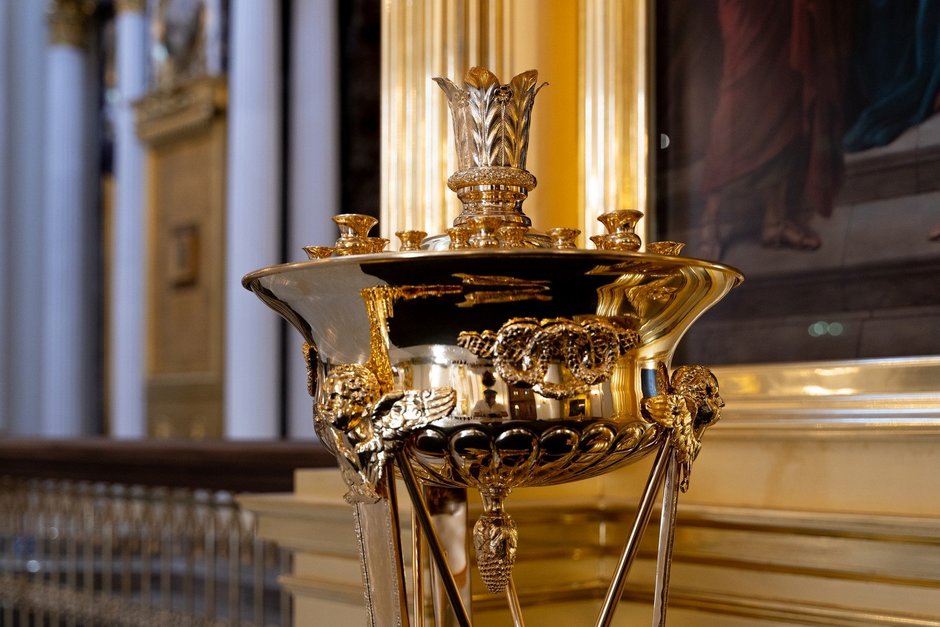
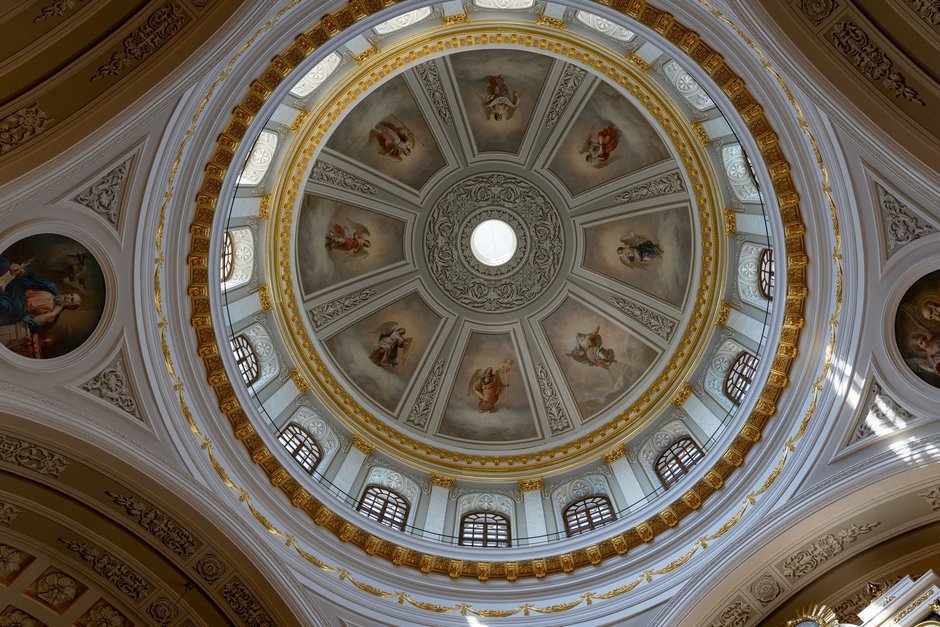
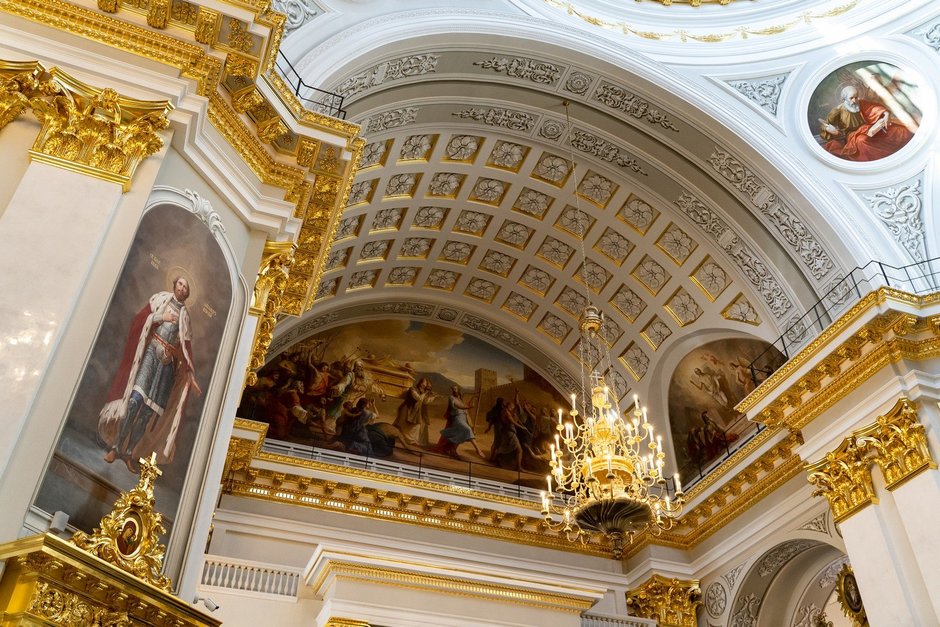
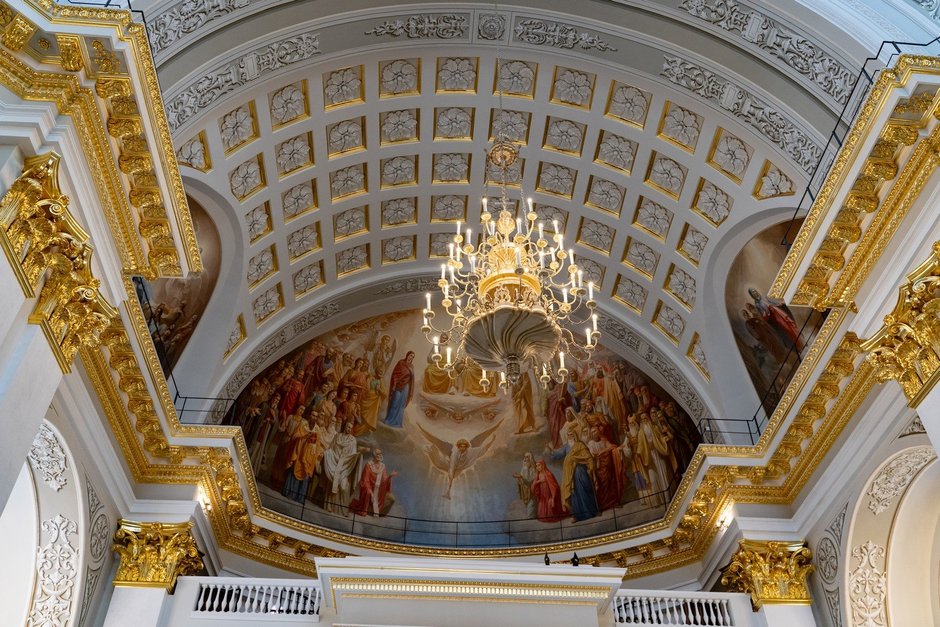
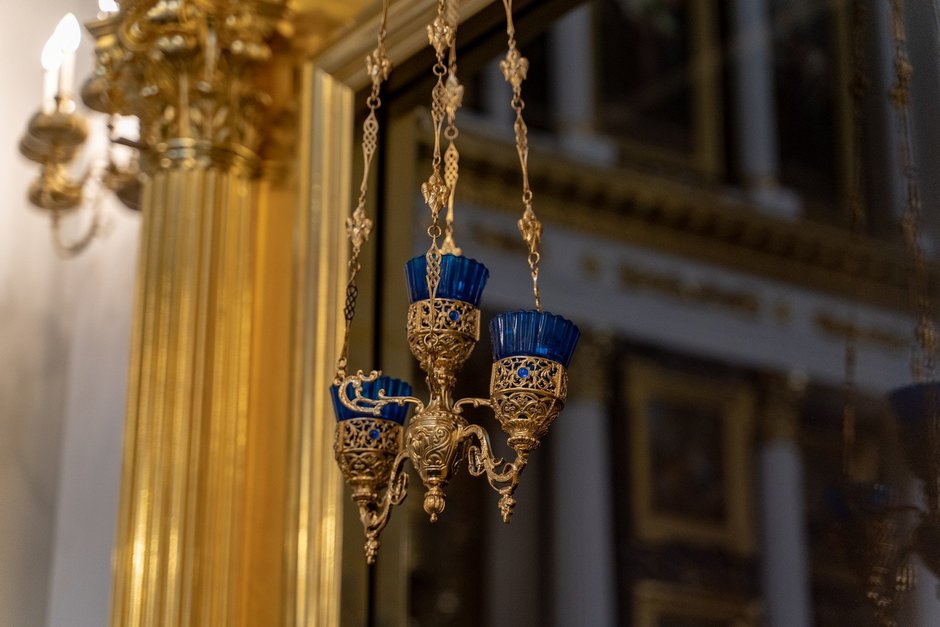

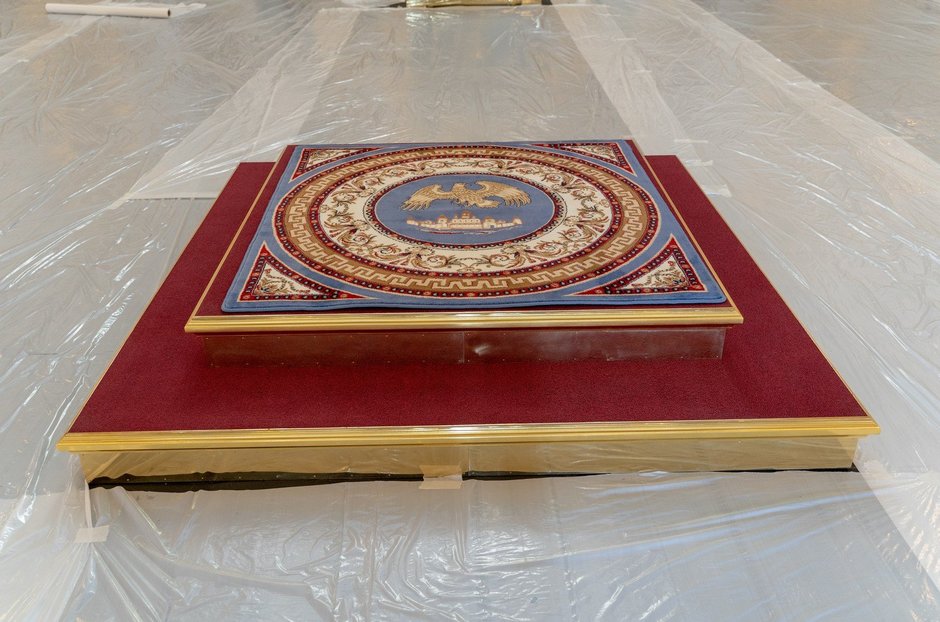
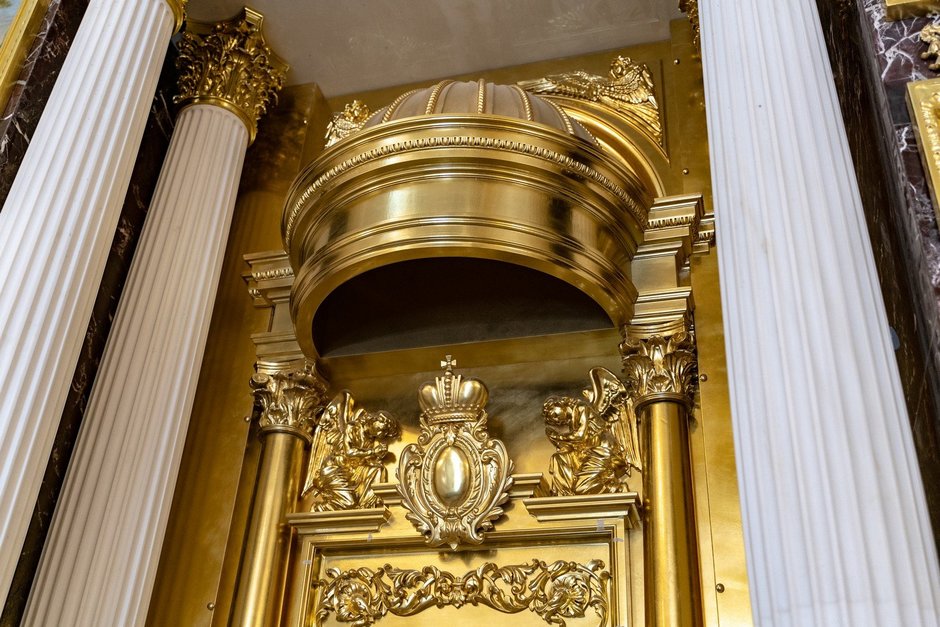
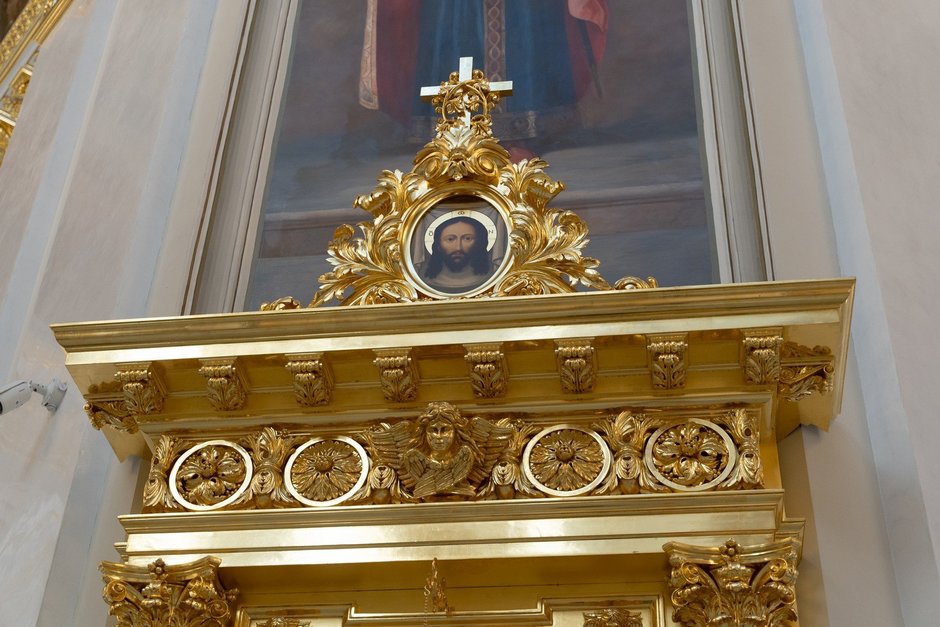
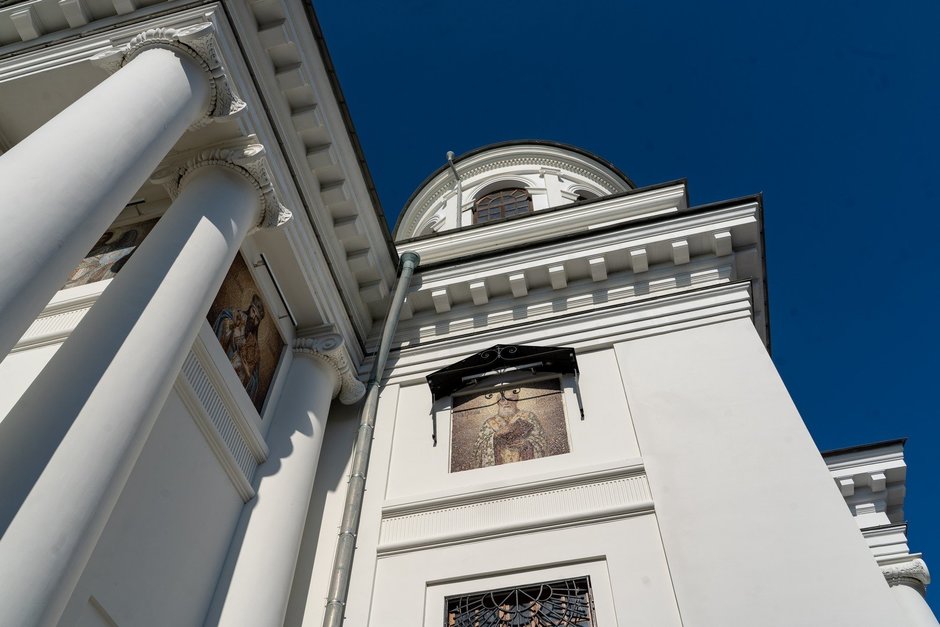
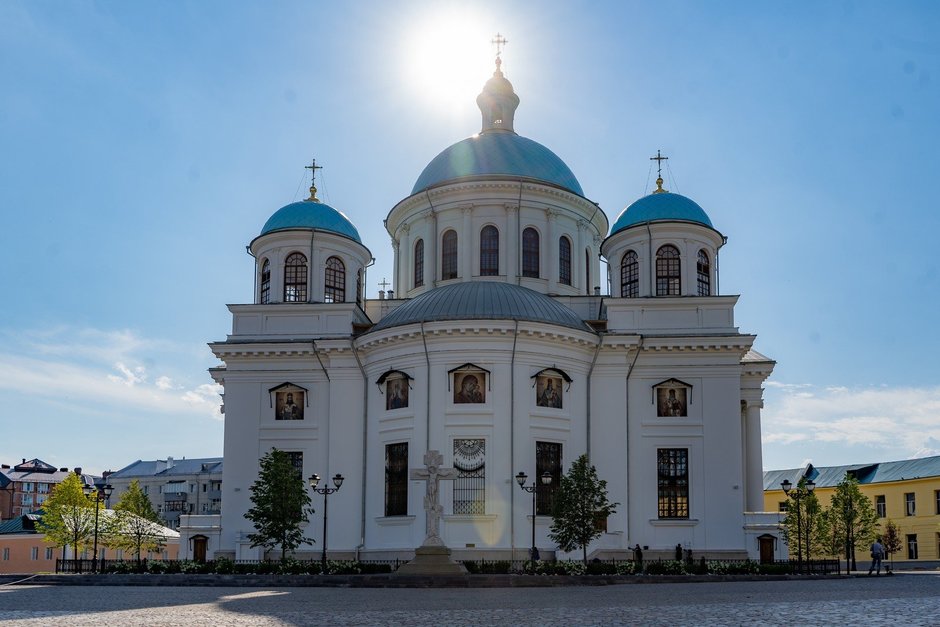
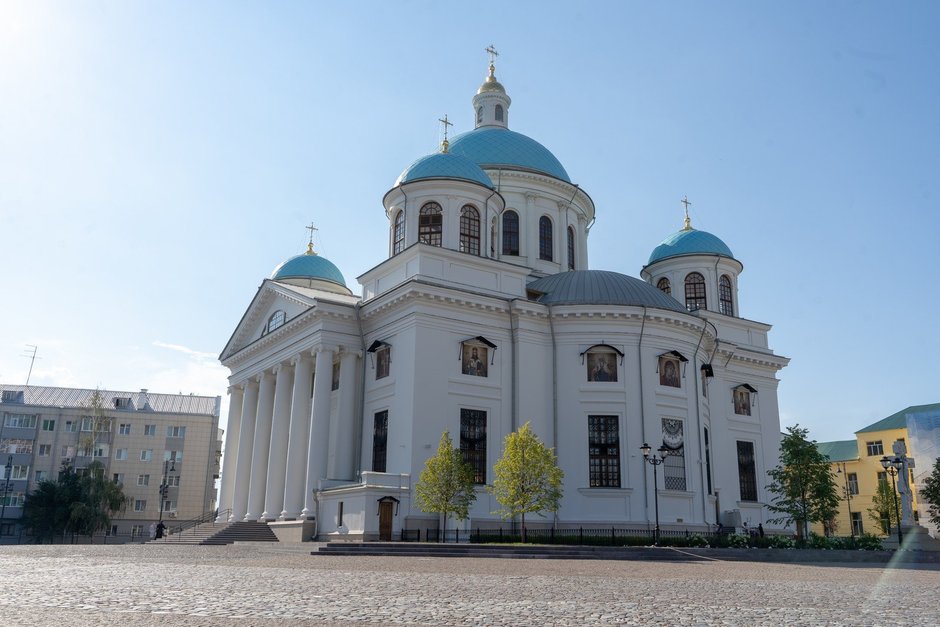
From history of cathedral construction
A milestone took place on 8 July 1579 — the discovery of the icon Our Lady of Kazan. 9-year-old girl Matrona found an icon in a place she had been shown in her dream. Priest Yermolay, future Patriarch Hermogenes, was the first to write a story about this and the first miracles of the icon. Tsar Ivan IV was informed about the discovery, he ordered erecting a church and a fence for an organisation of a female monastery on the site of the finding. The wooden church stood for 26 years. In 1595, a stone church that existed for 200 years was founded instead of the wooden church. Fragments of the foundation of the stone church were found during the digs and are exhibited in the Cave Church. In 1791, outstanding Russian architect, founder of Russian classicism Ivan Starov designed a project of the church according to Catherine II’s order. However, the construction stopped after the empress’s death. A solemn foundation stone laying ceremony of the future church took place in presence of Paul I in 1798.
The church was built for 10 years and consecrated in 1808, it was cold, that’s to say, it wasn’t heated in winter. This is why the icon Our Lady of Kazan was transferred to the Nikola Tulsky Cathedral that was 30 metres far. In 1913, after great Princess Elizabeth Fyodorovna visited the church, the basement of the church that wasn’t designed for church-goers’ visits — a site where the icon Our Lady of Kazan was found — was deepened, and the Cave Church appeared there.
On 4 May 1932, the church was exploded. A tobacco factory was located on the territory of the former church from 1942. The west part of the ensemble was later built up with five-storeyed blocks of flats.
